Maria Mitchell's Attic
Maria Mitchell’s Attic is a blog written on a weekly basis by the MMA’s Deputy Director and Curator, Jascin Leonardo Finger.
While its focus is mainly on Maria Mitchell, the Mitchell family, and life at 1 Vestal Street,
the blog also highlights the archives, collections, MMA properties, the history of the MMA
and its people, and aspects of the MMA that are lesser known.
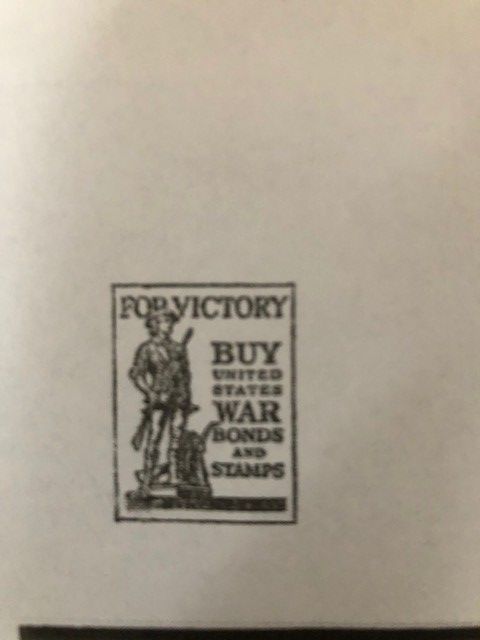
A past blog that I forgot I had written when I came across the letter written about below. Once I realized I had already written a blog about it, I decided it was worth re-blogging. Over Christmas, a neighbor of my Mother’s gave her a copy of something she came across while cleaning things up in her house. She thought my Mother would enjoy it and by the same token, my Mother thought that I would. Her note with it stated it proved she was as, “old as dirt.” She isn’t old as dirt. Believe me. The letter she had copied was from the War Production Board and dated December 16, 1942. It was, “written at the request of President Roosevelt,” who wanted to thank this young girl for her donation of a rubber tire. This was not any old rubber tire you see. It was a pure rubber tire – very much needed for the war effort – from one of her toy airplanes and measured not more than half an inch or so in diameter. This young girl was distressed that everyone else, including in her family, was assisting in the war effort and that she wasn’t. So when she discovered the tire was rubber, she asked her mother to send it to Washington, DC. Which, obviously, her mother did do. What does this have to do with Maria Mitchell you wonder? Well, it makes me think of collections and saving things. You have your own collections and archives at home – your family papers and photographs, your books (aka special collection books). These are valuable to your family and its history. They help you see what and who came before you and how your family became a family. What they endured. How they got to where they did and how where they came from helped, in part, to get you to where you are today. And then, these papers and books are important for the larger community. We learn from our past and our collective past – and these items help us do that. Scores of researchers use Maria Mitchell’s papers and those of her family every year. Not everyone is doing research on the family – they can be doing research on astronomy or some science-related matter, someone whom Maria or her family knew. The possibilities are endless. So, from this little letter, I know a young girl in Connecticut contributed to the war effort and what she gave. I know that rubber (not that I didn’t already but you get the idea) was important to the war effort in some way. I also know that many people contributed to the war effort and this was just one simple way to do it. I know she had a toy that had rubber components. And as a young girl in 1942, she was playing with toy airplanes. And I know that the war effort was all consuming to the point that a small child wanted to make sure she found a way to help too while seeing her family members helping. Your paper is important. Always find a venue for these items if you no longer want them. They will help us to better understand our world – past and present. JNLF P.S. Remember that every donation, every gift to someone in need, matters. No matter how small it is – or you think it is.
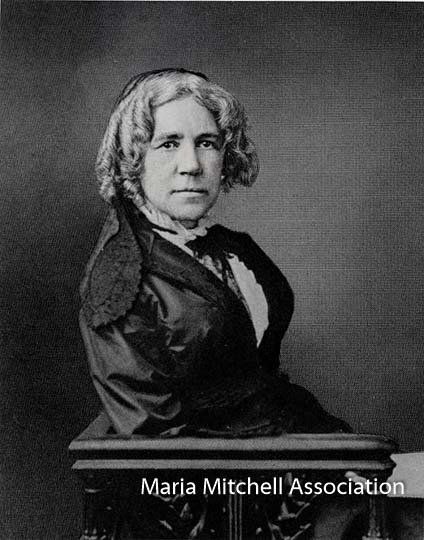
Nov. 15, 1876. Congress. The Woman’s congress met in Philadelphia. The papers were numerous and excellent. Mrs. Howe’s on paternity the most successful. Grace Anne Lewis, ABB [Antoinette Brown Blackwell], Mrs. Diaz [Abby Morton Diaz], Mrs. Perus and others had very good papers. The newspaper treated us very well. The institutions opened their doors to us, the centennials gave us a reception. But – we didn’t have a good time! 1 st . The Hall was a very bad one to speak in, almost no one could be heard. 2 nd . The Women’s committee of Philadelphia led by Mrs. Bartol, attempted to control us . . . Several women protested via passed note to Maria Mitchell that they did not want to discuss suffrage for women at the Congress. Really? Why were they even there then? Apparently, they were afraid (I can see that). Ultimately, papers were presented and discussed concerning women’s suffrage. They even had people oppose the nomination of Julia Ward Howe as President. A small group of women offered up other nominations with one finally saying that the new president needed to be from the west, implying there was too much northeast representation on the board. Maria was not pleased in the least. Ultimately, Julia Ward Howe became President. JNLF
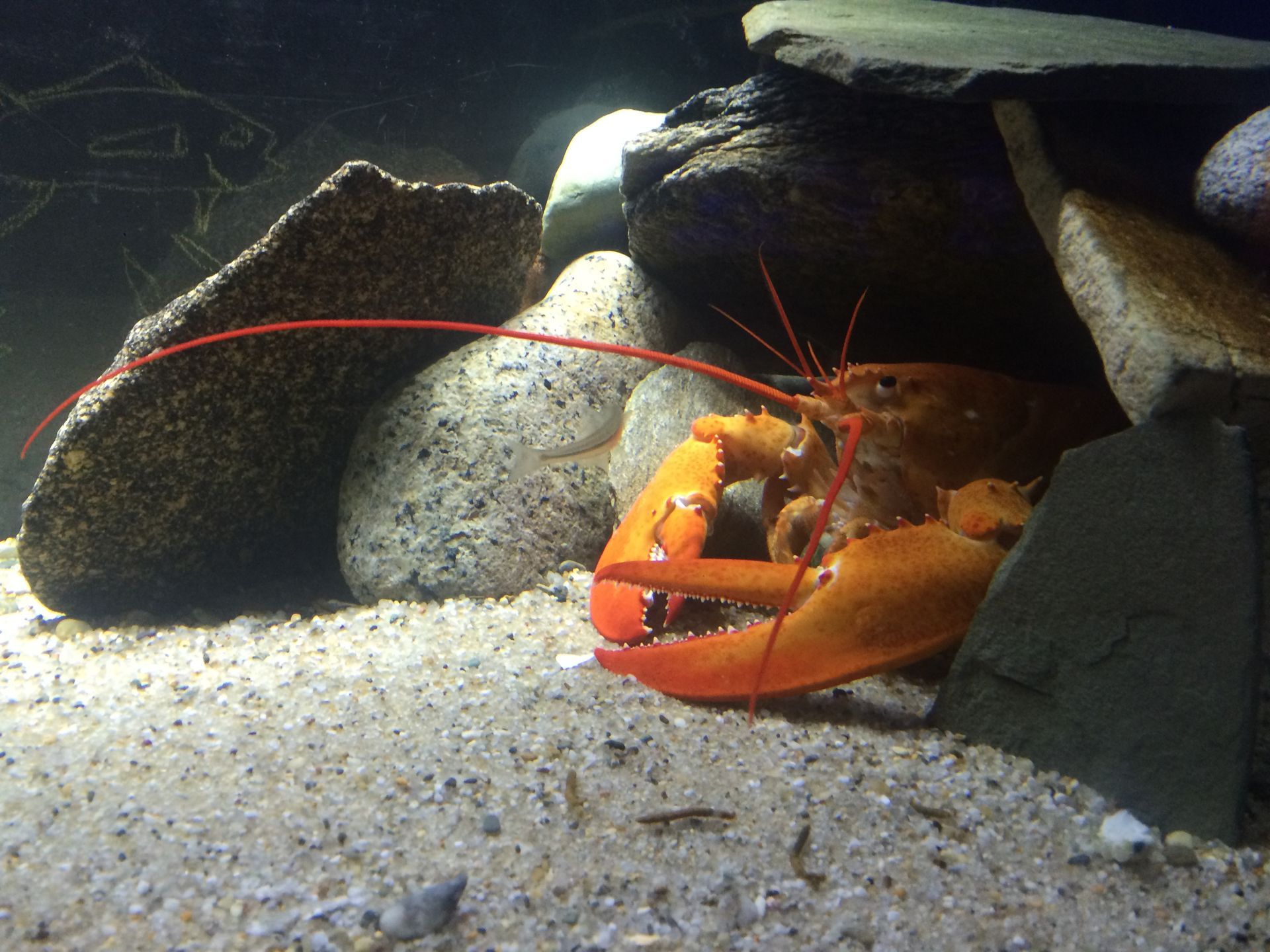
Clementine has finally molted! We at the MMA have been awaiting this for quite some time so I decided to re-post an old blog about Clementine. Well, not quite. But, part of my job is to also take care of all of the MMA properties. So, I headed over to check on one and what cleaning supplies are needed for the summer and for our staff spring clean-up of the site. In one room, some of the animals from the Aquarium over-winter. One of those is “our” lobster, Clementine, so-called because she is orange in color. (Orange lobsters are five times rarer than blue lobsters and only one in ten million lobsters are orange.) She is fairly active and though the hope is that she “sleeps” a bit for the winter, she doesn’t seem to. So, enter curator into room who glances over and hopes the lobster does not “run” to the side of the tank asking to be fed. Yes, she really does that – she has gotten used to people. I always hate it because I feel guilty – I do not feed her because that falls to the Natural Science Department and I do not want to hurt her or her schedule in any way. In any case, “Whew!” She actually seemed quiet at the back of the tank. Maybe she was “sleeping.” I kept moving to the next room and glanced back. Low and behold, she was at the front of the tank waving her claws! Seriously? So I kept moving on – after telling her, “I can’t feed you,” – and she went to the back of the tank again! Another, “Whew!” I decided to text Emily, our Director of Natural Science (at that time), and relay what happened. I get a text back. “You can feed her if you want.” “Really?” I texted back. “What do I give her?” So, Clementine then ran back to the front of the tank when she saw me opening the freezer and taking out the mussels and a shrimp. I got another text from Emily: “Use the forceps to hand them to her.” Well, I wasn’t about to put my hand in there! So, I get the shrimp, put it in the forceps, open the top of the tank and start to put my hand down, and INSTANTLY two HUGE lobster claws come out of the tank and grab not the shrimp but the forceps! I wish I had a picture. I was afraid she was going to take the forceps. And then, I was afraid my hand was going to be her lunch. I could not get her to release the forceps – it was a battle royale though the battle was more on her part because I was afraid I would break her claw! After some twisting of the forceps and tugging, she finally relented, took the shrimp, and began her lunch. Another, “Whew!” I was afraid I was either going to hurt her or I was going to be explaining to my three-year old what happened to Mommy’s hand at work. Veuve Clicquot with that, Clementine? Apparently, someone else knew what transpired with the lobster. As I left the building, a male mallard duck was paddling around in the rather large puddle – if you can call it that – located on the property. We have recently had a large amount of rain. He was laughing (I mean quacking) at me. In all seriousness, I have never met a lobster with so much personality. Yes, personality. Clementine may just have changed my tune on lobster rolls. JNLF
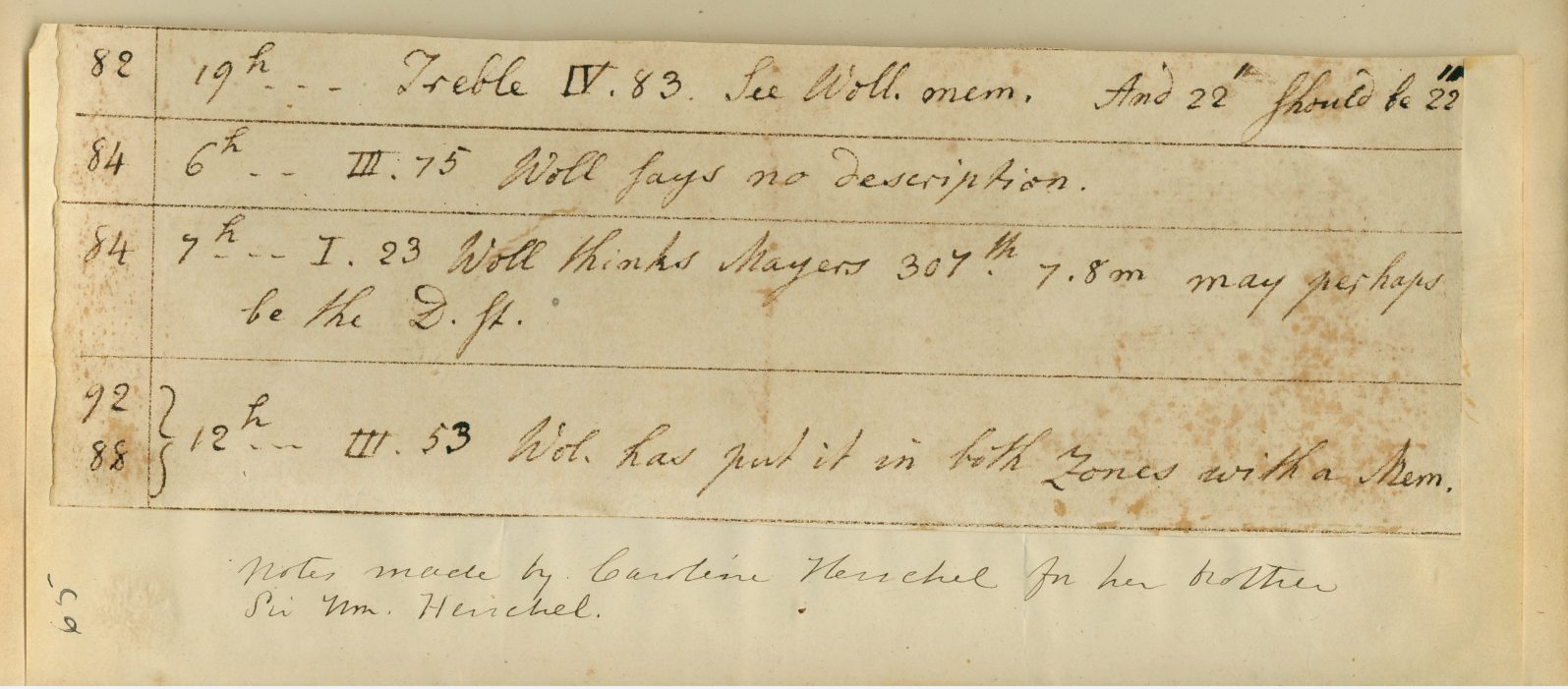
A re-blog from years past. The item you see here is a small piece of what once was. Upon her visit to Europe as a young woman’s chaperone in 1857 –1858, Maria Mitchell visited many of the major observatories of Europe and met many of the movers and shakers in the scientific, art, and literary worlds of the continent. While Caroline Herschel (1750 – 1848) and her brother, Sir William (1738 – 1822), were long dead, Maria was able to meet Caroline’s nephew (William’s son), Sir John Herschel (1792 – 1871). All three were astronomers, though Caroline found herself having to give credit – or have her brother accept credit – for much of her work because she was a woman. She has often been credited with the being the first woman to discover a comet. She was likely not – and the other woman who was the first lost credit through history as she had to “give” her comet discovery to her husband. See a pattern? Caroline was just one of many women in a long line of, “She couldn’t possibly do that – she is a woman!” As Maria once said, “But a woman, what more could you ask to be?” But back to this small item. It was a page from one of Caroline Herschel’s notebook’s, torn from its home by John Herschel to serve a s a memento for Maria of her visit to the family’s home. Maria was a bit shocked but . . . she took it! Over the years, the paper tore and ripped and just crumbled away until Maria finally decided that to save it, she needed to past it into one of her own journals. And thus, we have what we have. I assume Caroline’s notations refer to her brother William – “Wol” and Woll.” It could be an “I” but it really looks like an “O.” She is considered the world’s first professional woman astronomer – she would be compensated for her work after some time – and she warrants a greater look at – too much for a blog. So I encourage you to go take a look at her. Maria would want you to! JNLF

I am not so sure our founders would love that title but the image is of the Maria Mitchell Vestal Street Observatory (MMO) “from the rear.” I love this image as it is really the only one we have – unless you count the one that is taken from farther away and from further into the backyard of the Mitchell House. That one allows you to see the natural slope of the Mitchell House back lawn which would be altered when they added the Curator’s Cottage. Both of the images were taken before the Curator’s Cottage was added at the back of the Mitchell House in the early 1930s – and this one you see here was taken before 1922 when they added the Astronomical Study onto the MMO. It also shows the original dome – which was copper – before it was replaced in 1951 – which is the current dome. The copper did not hold up to our climate here – salt spray, damp, fog. But the new one, shipped over from England, has held up well. The current dome was donated by Margaret Underwood Davis (MMA board president at the time), in memory of her son, Cushing Davis who was an amateur astronomer. Margaret Davis served as president from 1930-1946 and again from 1949-1953. The image tells you some other things too. For instance, the grape arbor behind the Mitchell House is supposed to be Peleg Mitchell’s (Maria’s uncle) grape vine – I have blogged about it several times before – and you can see it in this image. You can also see how the Milk Room connects to the 1850s kitchen. The 1850s kitchen was added by Peleg Mitchell Jr and it’s the first little wart you see with the white pipe attached. The next wart is the Milk Room – also added by Peleg – it’s the one with the shutters on the window. Both still exist it’s just the Curator’s Cottage was attached in the 1930s. You will see another chimney too. It appears alongside the white pipe. That is likely the original chimney to what is now the Astronomer’s Cottage at the MMA. We acquired the Cottage in the 1920s but I believe all of the additions, and the removal of the chimney, were done before we were given it. Fun! JNLF
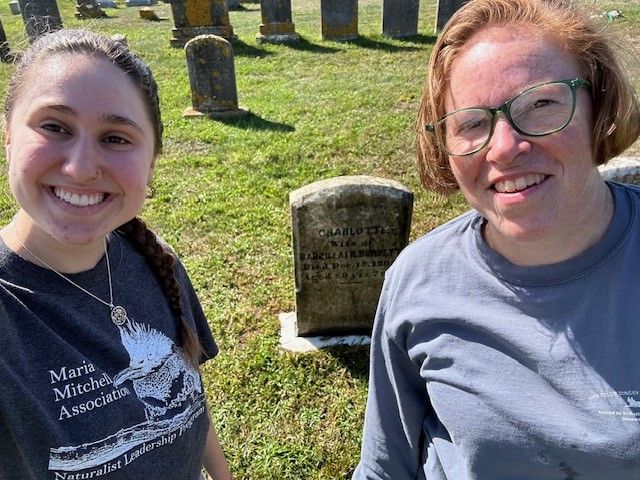
I have discussed the process and importance of the proper cleaning and conservation of historic stone monuments – cemetery stones – several times before in this blog. This year’s Mitchell House intern, Talia, was also (happily) last year’s intern and due to her college graduation in early June, she missed the annual workshop I have been running concerning the proper care and cleaning of stone monuments. A stone monument enthusiast, I promised Talia we would clean a stone before she left this season. Happily, we did on September 26. We returned together to clean the stone of Charlotte Burdett, Captain of Barzillai Burdett, one of my favorites. I had come across his stone accidentally when prepping to clean another stone for the workshop in June. (I test stones about a month before I clean them to make sure the cleaner will be okay and there are not any issues with it among other things I check for.) I tested the two Burdett stones and after the workshop was over, I remained in the now fairly hard rain showers to clean his stone. At that point, I was sopping wet and I told Charlotte I would return. I always feel badly when I have to return months, or a year, later to complete the stones in a lot. We made fast work of Charlotte’s stone – a little under an hour but the Burdetts’ stones are relatively small and simple. It was also a beautiful day to complete the work. The remainder of this blog will be a bit long because I wanted to share some information on Captain Burdett. He and Charlotte had no children and I have long loved their simple, small gambrel house on North Liberty (not likely a gambrel when they inhabited it). So here we go. In the history of catboats on the island, the Dauntless is my favorite catboat, likely because the owner/captain is a Nantucket “rockstar” of mine. His small gambrel roofed house still stands along North Liberty – a favorite house of mine before I learned a “rock star” inhabited it! The Dauntless was sometimes referred to as the “star boat” because a large red star was sewn on her sail. Built and captained by boatbuilder, Captain Barzillai Burdett, the Dauntless took visitors from the wharves out to the bathing beaches and on clambakes and fishing excursions, beginning in the early 1870s. Two logs of the Dauntless attest to her being a busy boat, enjoyed not only by the passengers, but by her crew as well. The logs live at the Research Library at the Nantucket Historical Association (NHA). At least one was kept by Benjamin Sharp. When he was young, he served aboard the Dauntless with Captain Burdett. Sharp would become a revered island resident. Born in 1858, Dr. Sharp, a zoologist, was a founder of the Nantucket Cottage Hospital, served as Nantucket’s representative in the state legislature, and was an avid sailor and fisherman. In 1904, with Henry W. Fowler, he wrote T he Fishes of Nantucket . Times spent with Captain Burdett must have greatly influenced Sharp. One of the logs dates from July 2 through August 28, 1873, and is a daily record of fishing parties and clambakes the Dauntless provided. The log also includes the names of passengers and where they came from, as well as messages they left for Captain Burdett. Included in the log is this poem: When you go to a clambake, Plenty of chickens you should take, As then you have a second dish For those who do not like shell-fish, For all should indulge, as best they might, “The keen demands of appetite.” The log also has lots of wonderful, comical illustrations − largely drawn by Sharp. Burdett also built whaleboats during the heyday of whaling on the island. Fishing was also his economic mainstay. When summer was over, he would use the Dauntless to fish as many other catboat owners did. The tourist trade had come second to fishing and whaling on the island but, in many cases, may have made fishing secondary in income once tourism took off on island and became much more lucrative. In 1893, artist Elizabeth Rebecca Coffin (a distant cousin of Maria Mitchell’s and one of her students at Vassar), painted a lovely double portrait of Burdett and Benjamin Pease in Burdett’s shack on Old North Wharf called “A Tale of the Sea (Captain Burdett In His Boathouse).” Today, it is in the collection of the NHA. PLEASE NOTE: ONE SHOULD NEVER CLEAN THE STONES IN A CEMETERY, WHETHER THEY ARE YOUR FAMILY’S OR NOT, WITHOUT PERMISSION FROM THE CEMETERY SEXTANT AND HAVING BEEN TRAINED TO PROPERLY CLEAN A STONE. There are quite a few TikToks and other social media posts and people are doing the work incorrectly and damaging and further eroding the stones. JNLF

1854, Oct. 23. Yesterday I was again reminded of the remark which Mrs. Stowe makes about the variety of occupations which an American woman pursues. She says it is this, added to the cares and anxieties which keep them so much behind the daughters of England in personal beauty. And today, I was amused at reading that one of her party objected to the introduction of wood floors in American housekeeping, because she could seem to see herself down on her knees, doing the waxing. Throughout Mrs. Stowe’s book there is an openness which I like, no pretense in affectation, religious cant but it is honest habit and not affectation. While this was written many years before, Maria Mitchell and Harriet Beecher Stowe must certainly have been at least acquaintances as they shared things in common. While Beecher Stowe was not a member of the Association for the Advancement of Women, as Maria was (a founder and a term as president), her sister was actively engaged in several of the organizations that Maria was a part of and there must have been some cross-pollination there. Harriet Beecher Stowe, while working towards women’s rights, focused on slaves’ rights and was not an active member of many of the women’s organizations that her sister was a part of. Maria and Harriet shared friends and acquaintances in common and Mitchell made sure that Uncle Tom’s Cabin quickly appeared on the shelf of the Nantucket Atheneum when it was first published. JNLF
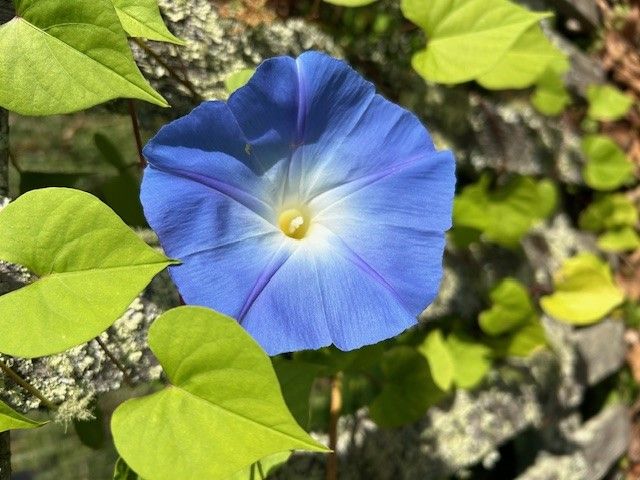
It used to be that whatever the deer or bunnies ate at my home garden, I could plant with relief in Town in the Mitchell House garden. But, over the years, it has become more difficult as we have a plethora of bunnies – multiple complaints made here in this blog – and deer that are now coming into Town year round. They have resorted, in winter, to eating ivy and while ivy is considered invasive, it has been a long-time, reliable ground cover in Town – as in a hundred or more years. Now, we have voles – which do have cycles where their population booms for a year – or two – but we have not had them in the MMA gardens at least in my memory. Now, we do and I worry about them devastating the garden in front of the Observatory which is a large, native species garden we have worked on for many years. I know climate change is definitely playing a role – it’s affecting the birth cycles of voles and allowing them to have potentially more broods. Its also potentially affecting some of their predators that may not be as prevalent and thus fewer voles are being eaten. In any case, we have tunnels galore, which is why I was happy to have ONE blossom on the heirloom morning glories I plant for Mitchell House every spring. Out of 500 or more seeds – I got one lonely blossom! The voles are attacking my own personal garden – the last two summers – and I have lost many of the mainstay lilies and perennials that have been there for forty years – or they have shrunken due to their root systems being undermined and eaten. Roses are failing too. So if anyone has better ideas then solar hummers, live trap, kill trap, or Juicy Fruit gum – let me know – poisons not allowed! JNLF Update: Got four more blossoms - but still!

Sept. 25, 1854. . . . The best that can be said of my life so far is that it has been industrious, and the best that can be said of me is that I have not pretended to what I was not. I think of two things when I read this. One is that Quakers believed in being industrious and not wasting time. The second point makes me think immediately of Holden Caulfield – The Catcher in the Rye if you don’t know that character’s name – and his various references and discussions to “phonys” as he refers to them though Maria’s mention here is not entirely in the same vain. A materially successful Quaker was one who was living “in the light,” as Quakers referred to it. Even if gifted with material wealth, Quakers still lived frugally and were a hard working group of people. As Hector St. Jean de Crèvecoeur noted, “Idleness is the most heinous sin that can be committed in Nantucket . . . for idleness is considered as another word for want and hunger.” If you were not productive and industrious, you would starve – and it would affect others in the community since isolated Nantucket acted as a corporate family economy – everyone was relying on one another for survival. While Maria is also not necessarily going to this depth of industrious it is a Quaker ethic that was strongly imbued in her. She certainly was a hard worked with numerous accomplishments to her name and many different projects completed even by 1854 at age thirty-six. And don’t forget October 1 st is the anniversary of Maria’s comet discovery – October 1, 1847. JNLF

